According to Neowin , in its statement, SpaceX said that in the coming months, the company will carry out a controlled removal of about 100 early versions of Starlink satellites. These satellites are currently capable of maneuvering and serving users effectively, but they have a common problem that can increase the possibility of failure in the future.
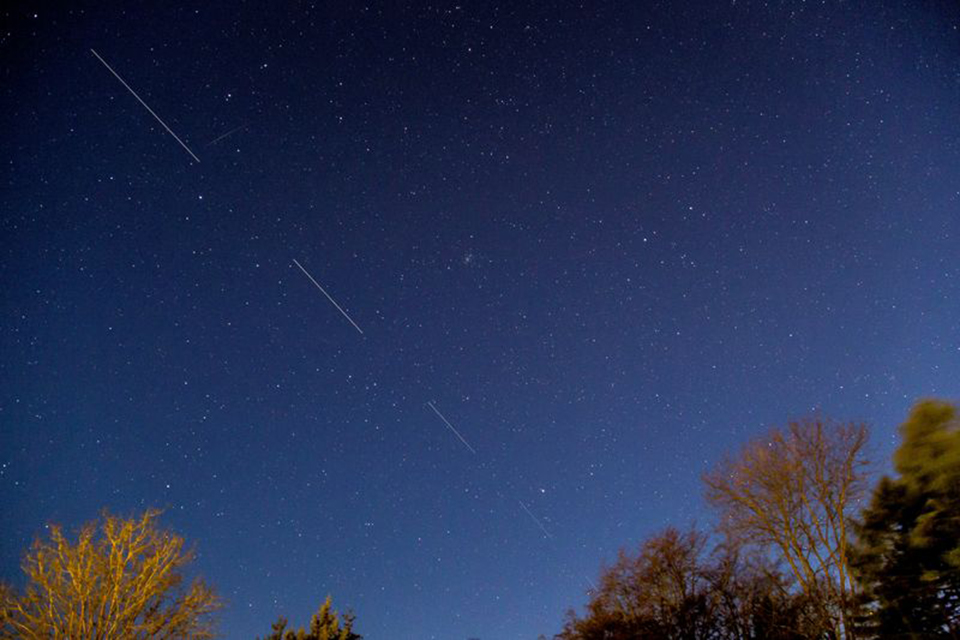
SpaceX will proactively remove vulnerable Starlink satellites early to avoid future safety risks
The company estimates that the removal operation for most of the satellites will take about six months. SpaceX will also update other satellite operators on the orbits of these devices and will be responsible for any evasive maneuvers if necessary.
SpaceX also underscored its commitment to space sustainability, as it has been under intense scrutiny from regulators, experts, and the public for a long time. SpaceX said that proactive satellite removal was a major decision because Starlink satellites are placed in low Earth orbit (LEO) below 600 km, which means atmospheric drag would cause the devices to stop working within five years – an industry standard. Proactive satellite removal would significantly shorten that time frame, prevent the risk of collisions with other spacecraft and satellites, and make way for new, more reliable replacements.
So far, SpaceX has conducted deorbiting operations on 406 Starlink satellites. Only 17 are uncontrollable, although the company stressed that they are being monitored to avoid colliding with other objects in orbit.
SpaceX added that while the "bad" Starlink satellites are still operating, they do not impact the customer experience because the company is capable of producing up to 55 satellites per week and launching more than 200 satellites per month, allowing it to continuously improve the system and make it more resilient.
With the second generation of Starlink underway, SpaceX is not only improving reliability but also adding new capabilities. Last month, the company successfully tested direct communication between a smartphone and a Starlink satellite for the first time.
Source link







![[Photo] Prime Minister Pham Minh Chinh receives Mr. Jefferey Perlman, CEO of Warburg Pincus Group (USA)](https://vstatic.vietnam.vn/vietnam/resource/IMAGE/2025/4/18/c37781eeb50342f09d8fe6841db2426c)


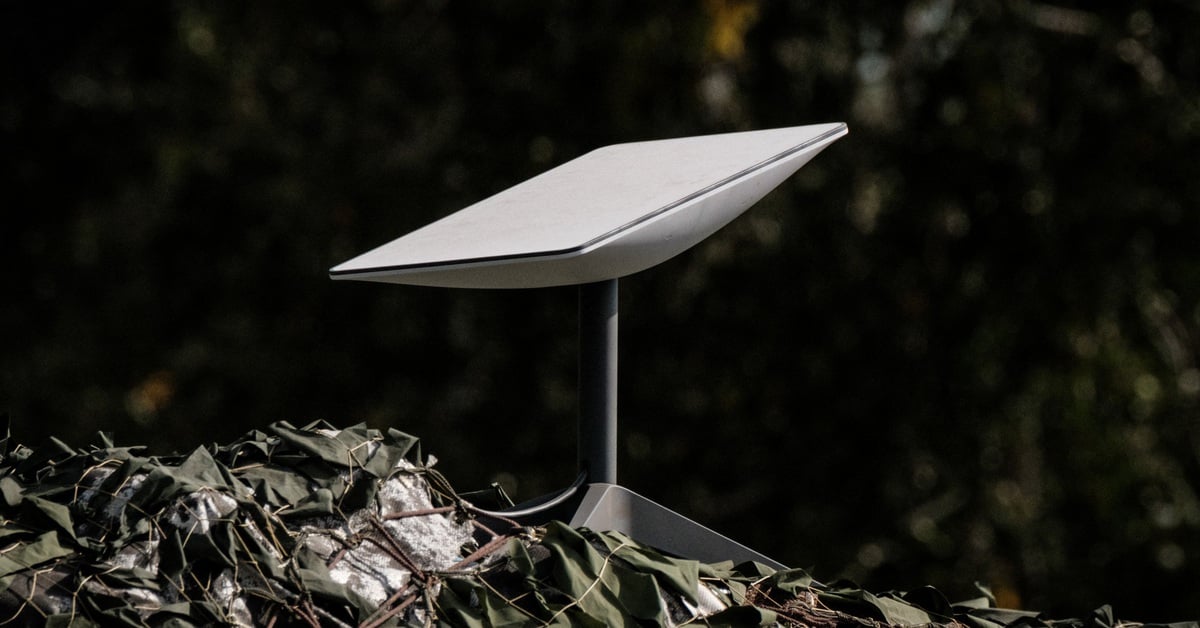

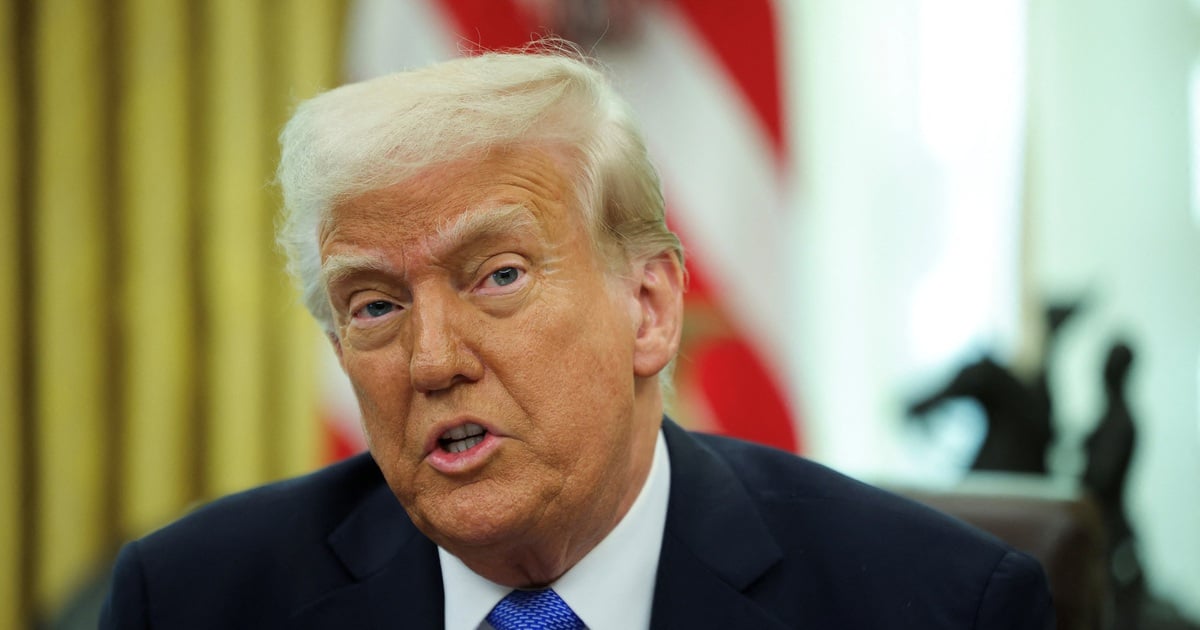
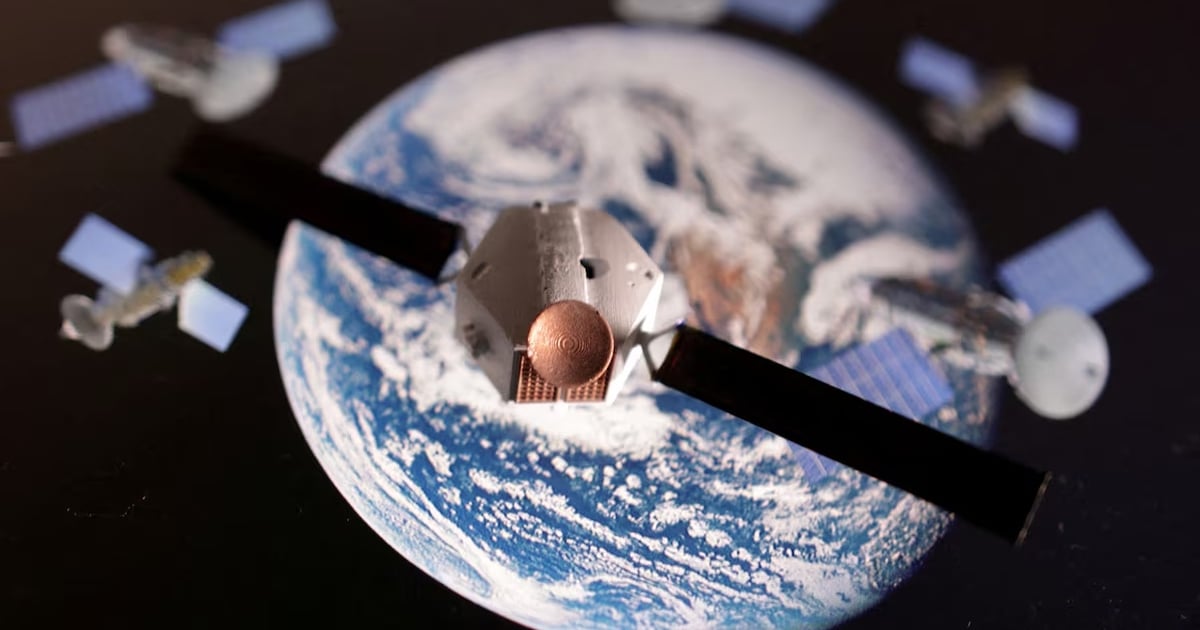
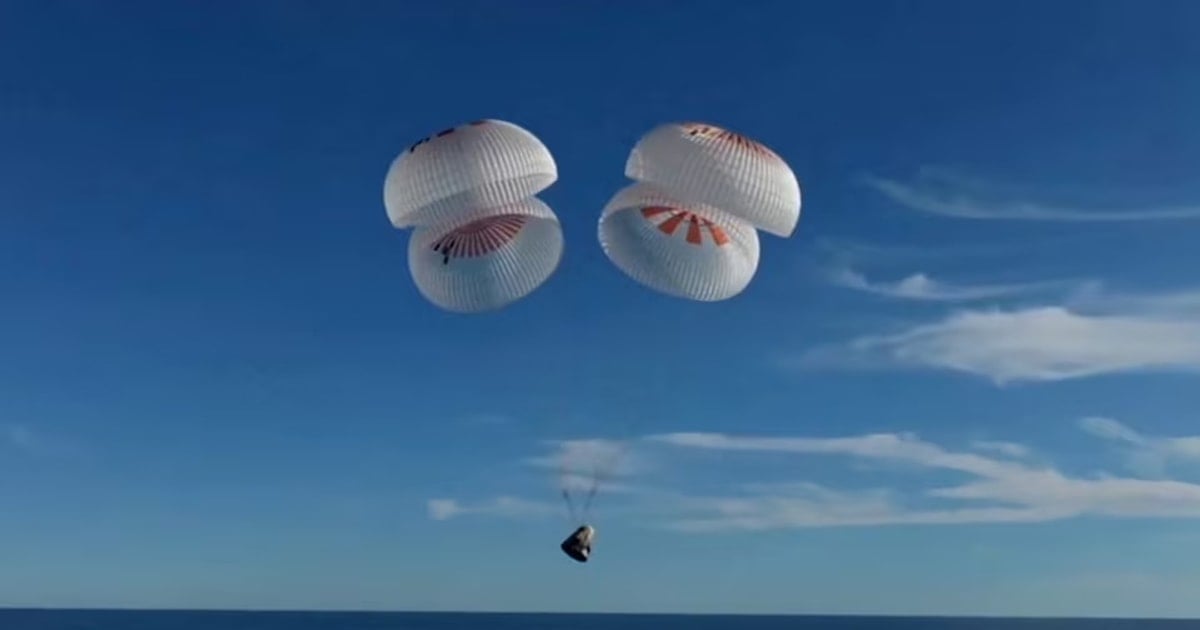

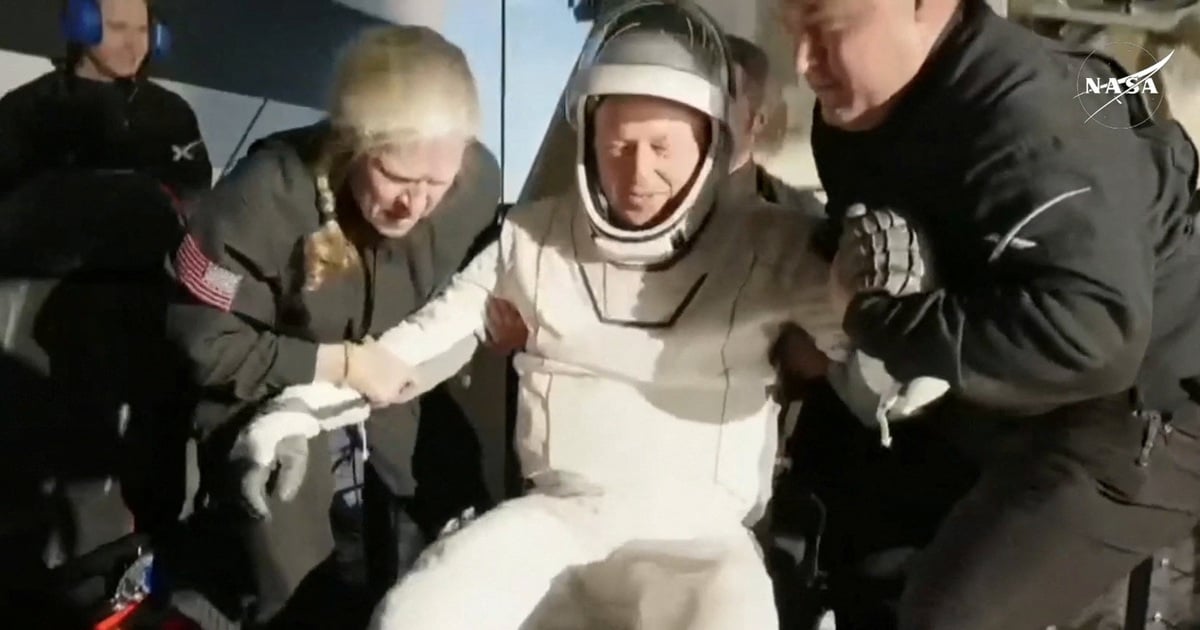
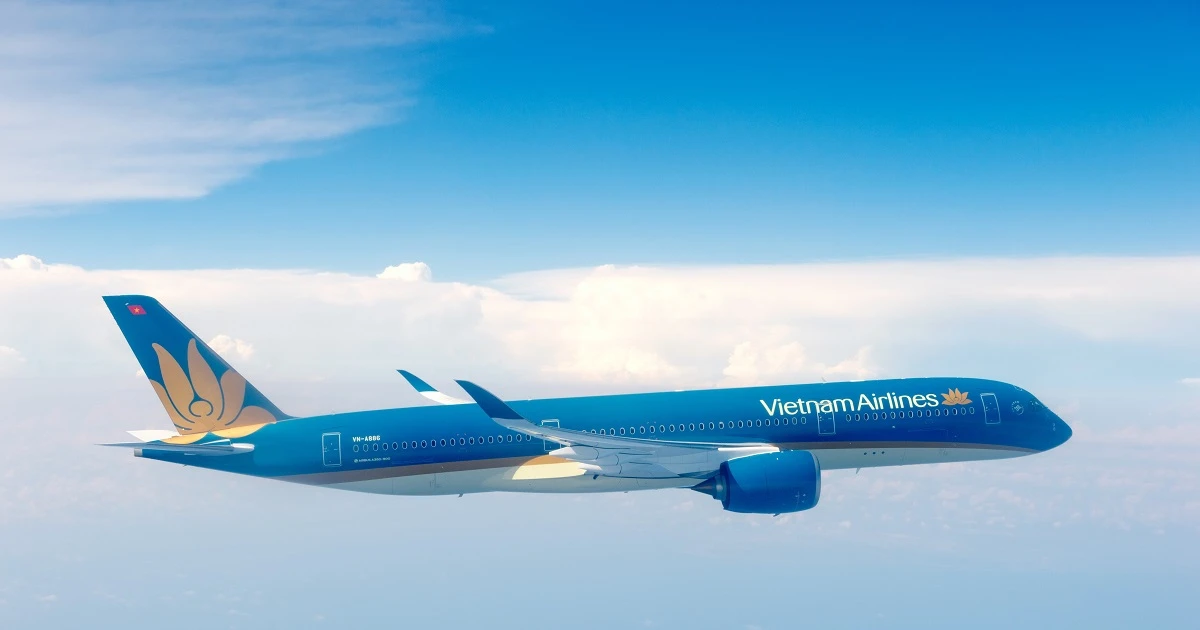








































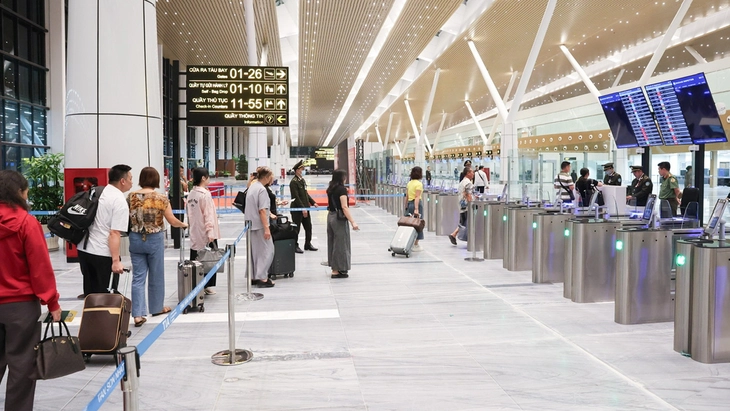
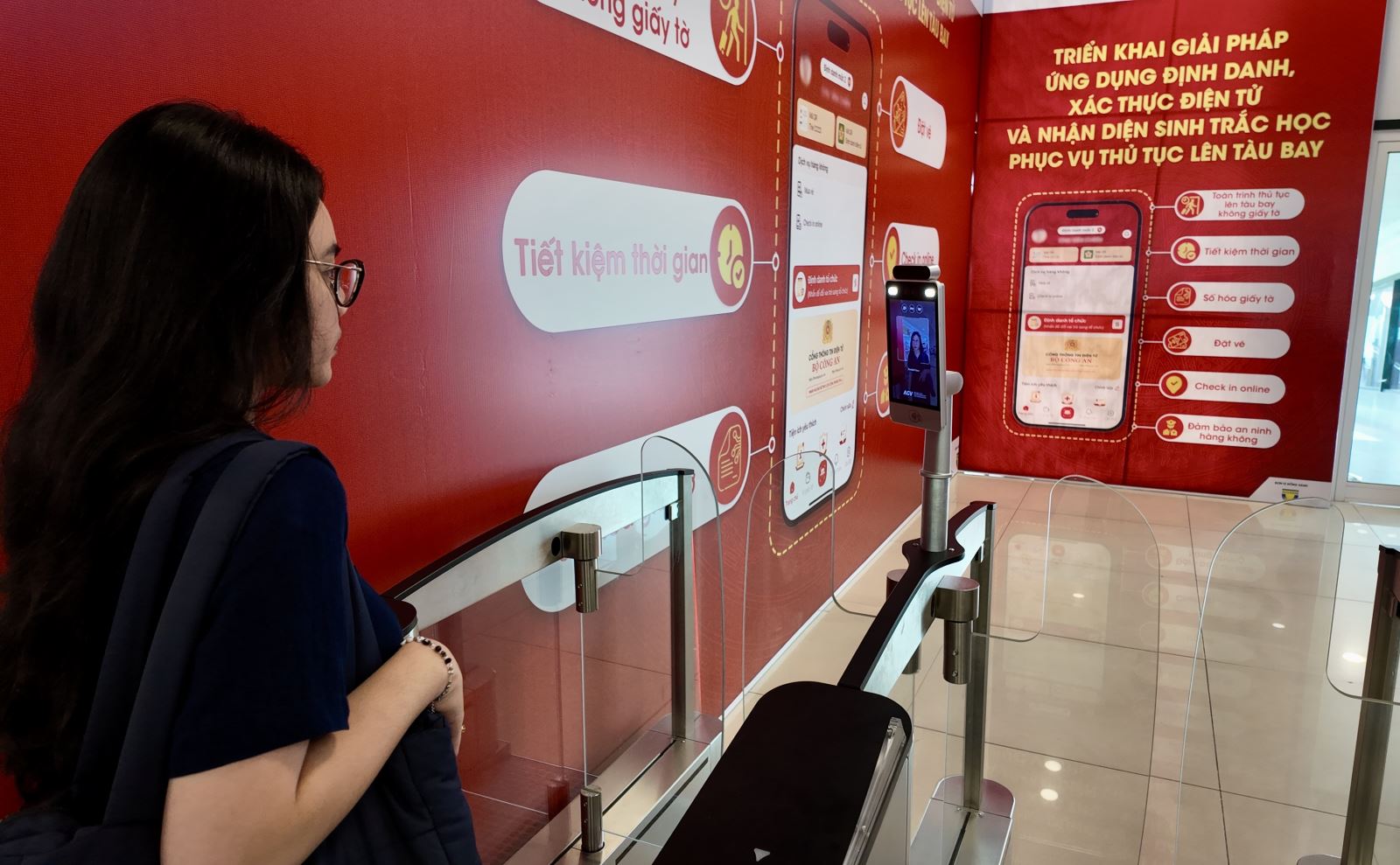







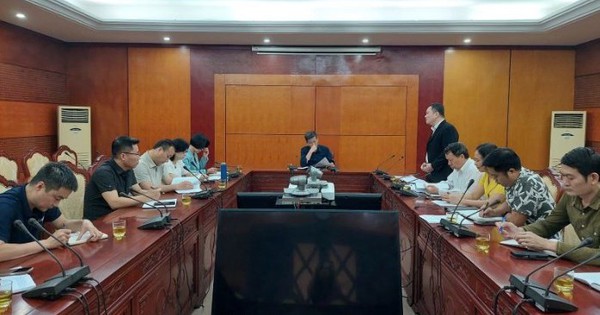





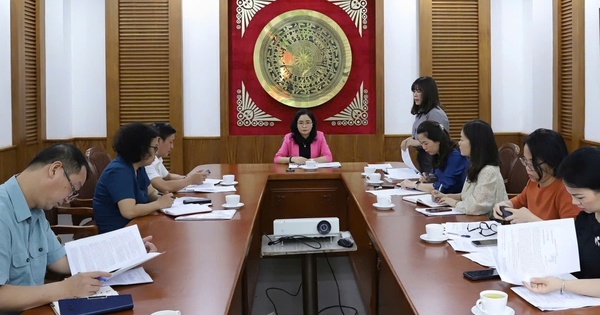





















Comment (0)